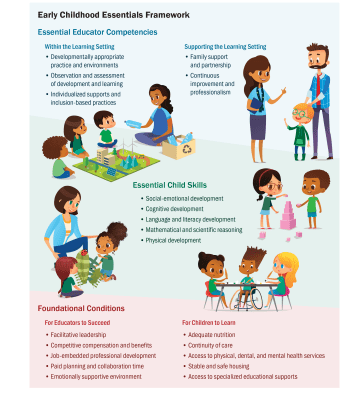Navigating the Different Paths of Parenting – Exploring Parenting Styles
Parenting is a journey that comes with numerous challenges and decisions. One of the essential aspects of raising children is understanding different parenting styles and finding the one that resonates with your values and beliefs. In this blog post, we will explore various parenting styles, their characteristics, and the potential impact they can have on children’s development.
1. Authoritarian Parenting:
– Definition: Authoritarian parenting is characterized by strict rules, high expectations, and little room for flexibility.
– Impact: While this style may instill discipline, it can also lead to children feeling fearful, lacking initiative, and having lower self-esteem.
2. Permissive Parenting:
– Definition: Permissive parenting involves being lenient and indulgent towards children’s demands and desires.
– Impact: While children may feel loved and supported, they might struggle with boundaries, self-control, and a sense of entitlement.
3. Authoritative Parenting:
– Definition: Authoritative parenting combines warmth, guidance, and clear expectations with flexibility.
– Impact: This parenting style promotes independence, self-discipline, and healthy emotional development.
4. Uninvolved Parenting:
– Definition: Uninvolved parenting is characterized by low emotional involvement and little attention to children’s needs.
– Impact: Children raised with uninvolved parenting may experience emotional and behavioral issues, lack social skills, and have low self-esteem.
5. Attachment Parenting:
– Definition: Attachment parenting emphasizes developing a strong emotional bond between parent and child through responsiveness and nurturing.
– Impact: This style can foster secure attachments, promote emotional intelligence, and build a foundation of trust between parent and child.
6. Positive Parenting:
– Definition: Positive parenting focuses on teaching children through positive reinforcement and respectful communication.
– Impact: This style encourages self-esteem, problem-solving skills, and positive behavior.
Navigating the world of parenting styles can be overwhelming, as there is no one-size-fits-all approach. However, understanding these styles can help you make informed choices and find a balance that aligns with your family’s values. Remember, parenting is a continuous journey of learning and adapting. Here are a few tips to help you explore and choose your parenting style:
1. Consider your values and beliefs: Reflect on your upbringing, cultural background, and personal values to determine what is important to you as a parent.
2. Be flexible: It’s essential to adapt your parenting approach as your child grows and develops. Be open to adjusting your style based on their individual needs.
3. Seek support and advice: Connect with other parents, join parenting groups, or consult professionals to gain insights and support from those with experience.
4. Focus on building a positive relationship: Regardless of the parenting style you choose, nurturing a loving and trusting relationship with your child should always be a priority.
In conclusion, exploring and understanding different parenting styles can empower you as a parent to make conscious decisions that align with your intentions and values. Remember, no parenting style is perfect, and it’s okay to make mistakes along the way. The key is to prioritize your child’s well-being and growth, fostering a nurturing and supportive environment for their development.











